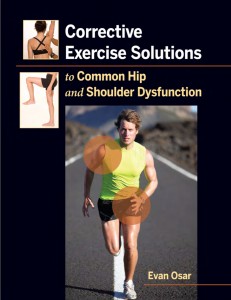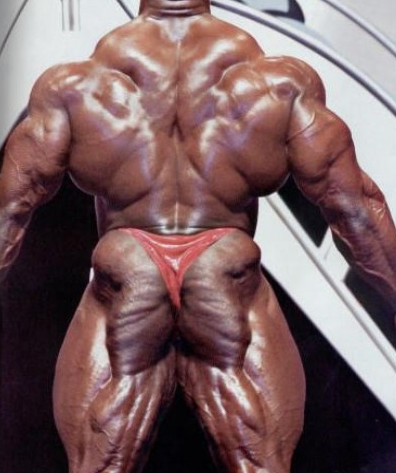

The Overactive Posterior Hip Complex
"Overactivation of the deep hip rotators, otherwise referred to as ‘butt gripping’ by Diane Lee and Linda-Joy Lee, is a common cause of hip dysfunction. As the name suggests, this pattern is caused by a contraction of the deep hip rotators and superficial gluteus maximus and looks as if the individual is standing or walking in a perpetual contraction. In actuality, they are. This stabilization pattern is a result of several causes, including trying to make the rear end look smaller (generally females are guilty of this); weakness in the pelvic floor, causing reflexive overactivation of the deep hip rotators and adductors; instability anywhere in the lower extremity, causing overactivation of the posterior hip musculature; and learned cuing techniques from trainers and therapists who stress to ‘squeeze the glutes as hard as possible.’
Palpation over the lateral hip region just behind the greater trochanter will reveal an indentation or hollowing, created by overactivation of the deep external rotators of the hip. In supine position, the head of the femur can be palpated by placing the hands just medial to the anterior superior iliac spine (ASIS) and pushing lightly posteriorly. It is common to palpate increased tone or ‘fullness’ in the tensor fasciae latae (just lateral to the ASIS). With this ‘gripping’ pattern, the head of the femur will generally be pushed forward and superior in the acetabulum. Not so ironically, the superoanterior aspect of the femoral head is the most common region of cartilaginous degenerative changes of the hip.
By cuing the individual to relax the hips and spread the sit bones, there is a change in the tone in the posterior hip region. Palpation over the anterior hip region will reveal the head of the femur has been centered in the socket secondary to the relaxation of the posterior hip muscles.
While the previous technique is extremely effective for releasing butt-gripping patterns, some individuals require more specific techniques for decreasing activation of the deep hip rotators and/or the posterior hip capsule. The next section demonstrates a release technique effective for releasing the posterior hip capsule as well as reducing myofascial restrictions." (p.111)
Corrective Exercise Solutions to common Hip and Shoulder Dysfunction
by Evan Osar
Learn from thought leaders like Osar at the 2013 BSMPG Summer Seminar May 17 & 18, 2013 in Boston MA.
Register today before seats fill up.
A special thanks to our top sponsors:




